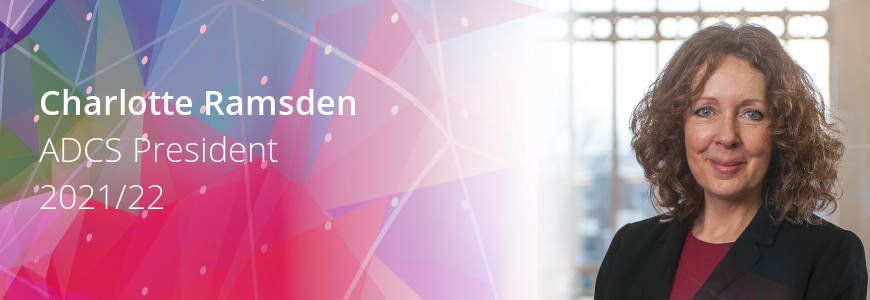Mental health in schools

Poor mental health and wellbeing can have a lasting impact on children and young people’s life chances, but they face multiple pressures in their lives that adversely affect their mental health. The numbers are stark: one in six children have a probable mental health disorder, up from one in nine prior to the pandemic. We must be ambitious if we are to meet the growing, and urgent, need for mental health support both inside and outside of the classroom. Accessing the right support early can make a huge difference, yet too many children are waiting months for an assessment and over a year for treatment. We need far better access to mental health services for children and young people with waiting times for accessing CAMHS being far too long, however, schools also play a key role.
We know that schools are often the best environment for early identification where teachers, school counsellors and learning support staff see children every day and can spot the signs of distress quickly. Most mental health illnesses begin during childhood but unless problems are diagnosed early, we cannot provide the help and support that many children urgently need, in school, the community or at home. A Target of 35% of schools having a mental health support team does not go far enough, nor does it recognise the crisis in children’s mental health that we face. It is positive to hear government outline its commitment to giving mental health a renewed focus in the curriculum, but we need a sustainable long-term funding strategy for children and young people’s mental health that leaves no child at the mercy of a post-code lottery, especially as schools are facing their own funding pressures. Teachers must also be given the time and resource to deliver these important messages effectively.
Children and young people face multiple pressures, both online and in the classroom and these have only been exacerbated by the pandemic. They sacrificed months of their learning during partial school closures and we are now seeing some of the impact of this, however, many teachers are reporting being unable to access CAMHS or other relevant support. We need to think differently about how we integrate services across place so that children’s outcomes are at the heart of every decision made by all partners. This goes beyond structures, but focuses on how we can meet all children’s needs, with local schools and community services better connected. The role of local authorities as leaders of place would be key here.
Local authorities, schools and education settings are doing all they can to respond to the situation, including by stepping in when children cannot access the support they need, but this is not sustainable. The current system is not working, yet children and young people tell us it is their biggest concern. We owe it to them to get it right and show them we are listening.
John Pearce, ADCS President 2023/24
This article: Connect schools and communities to better support children, first appeared in CYP Now.
Related Articles
On Wednesday 14th October 2015, Alison O’Sullivan, President of the...
In General
Early this year the government is set to publish its long awaited Levelling Up...
In General
At some point over the next 12 months, we’ll find ourselves heading into a...
In General
Due to its unfamiliarity and unpredictability, the pandemic is clearly a...
In General
Charlotte Ramsden, ADCS President, comments on the 2014 SEND reforms
In General
Early this year the government is set to publish its long awaited Levelling Up...
In General
Government consultation on changes to the National Transfer Scheme
In General
The latest available statistics, which pre-date the pandemic, show that 4.5...





